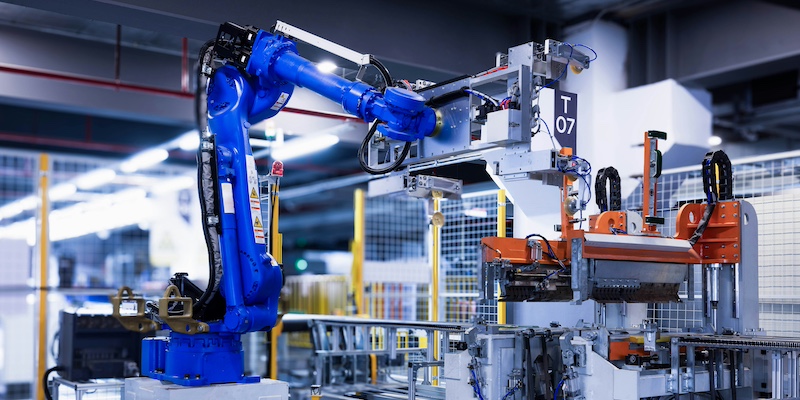Resources
Explore our latest thought leadership, analysis, and RTLS IoT research. Whether you're looking to stay ahead of the curve or need actionable advice, our case studies and articles are designed to help you find and implement best practices that fit your application.
Insights
Thank you! Your submission has been received!
Oops! Something went wrong while submitting the form.











